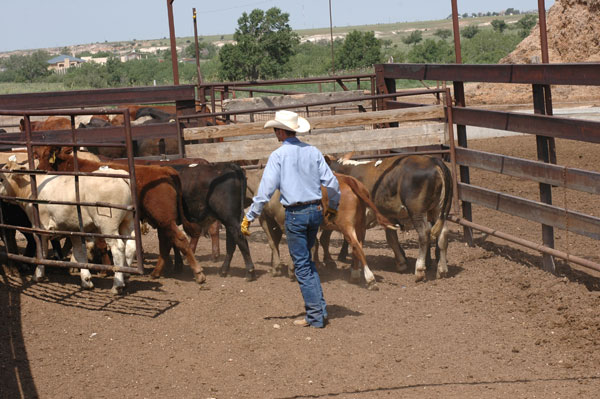June 4, 2015

Labor is usually at the top of the list anytime I hear mention of the challenges in agriculture. It has been amazing to see the transformation over the years; farmers and ranchers used to raise a good portion of their labor force and even small to mid-size operations usually had a farm hand or cowboy to help out.
However, equipment and technology have transformed not only the number of acres or cows that an operation runs but also the number of employees. Similar to what we have seen in other sectors of our economy, like the automobile industry, the number of workers required per production unit has fallen dramatically in production agriculture.
We all talk about the high price of equipment, but over the last 20 years we have seen that economic equation shift as well. Fewer employees have made time the most valuable asset on an operation.
Right or wrong, the new production paradigm says that equipment, though expensive, costs less than employees. Operations used to have their own crews for tasks like fencing or branding—jobs that go three to four times faster with multiple people. The new model is to have these types of projects hired out to specialized crews. The days of barn-raising parties have greatly diminished. It is the age of specialization, with consultants and other specialists playing a larger role in ranch management.
While time has become the scarcest resource on most operations, it is a model that does have a price and comes with some challenges. The labor we do employ must be better trained and educated; they must be able to work independently and make important decisions on their own. As a result, they must be better compensated.
A large part of the labor dilemma isn’t that there are not people willing to work in agriculture, but that we must re-evaluate the training and compensation. Our land grant university system and community college system does a great job, but the typical student has changed. It’s not that they are less talented or less motivated, but many people who want to go into agriculture simply do not have the day-to-day experience or an accurate understanding of the lifestyle requirements.
It’s not a bad thing that many of the people coming into agriculture were not born and raised in it, but it does mean that we may have to develop new models for employee training, compensation and retention.
The opinions of Troy Marshall are not necessarily those of beefmagazine.com and the Penton Agriculture Group.
You might also like:
Picture perfect summer grazing scenes from readers
Profit per cow or per acre? Burke Teichert breaks it down
9 new hay-making tools for the 2015 forage season
7 U.S. cattle operations honored for stewardship efforts
Enjoy laughs on us with Rubes Cartoons!
About the Author(s)
You May Also Like



